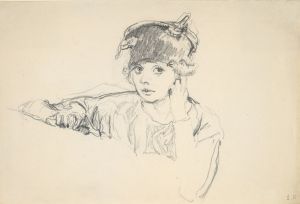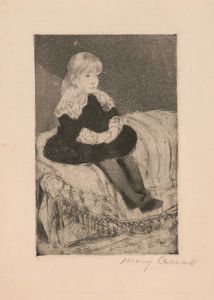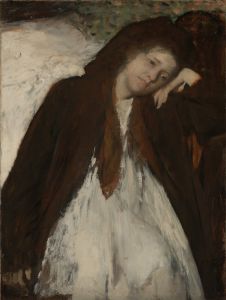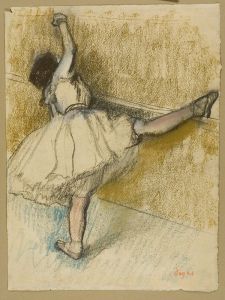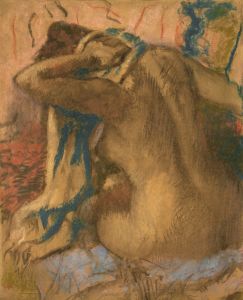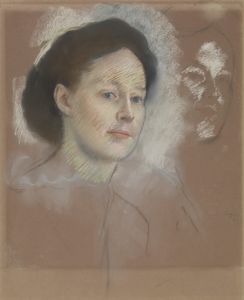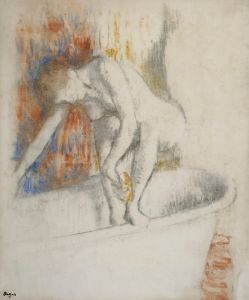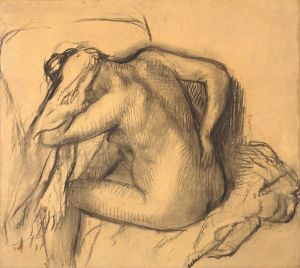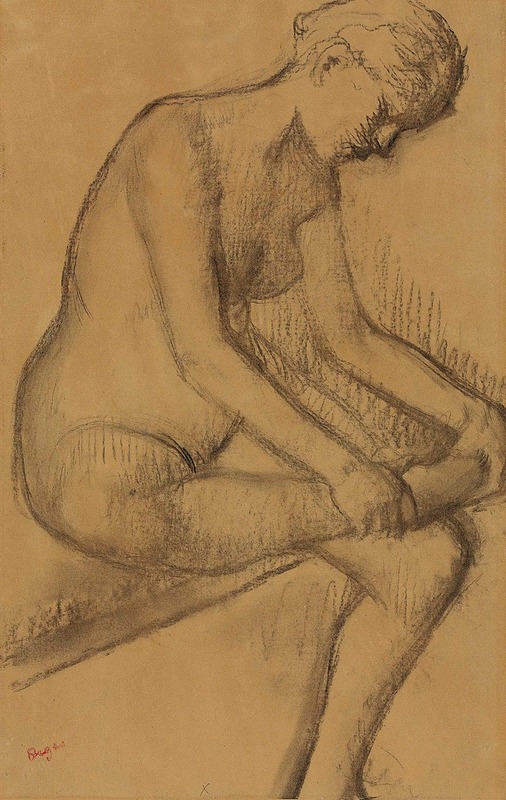
Après le bain
A hand-painted replica of Edgar Degas’s masterpiece Après le bain, meticulously crafted by professional artists to capture the true essence of the original. Each piece is created with museum-quality canvas and rare mineral pigments, carefully painted by experienced artists with delicate brushstrokes and rich, layered colors to perfectly recreate the texture of the original artwork. Unlike machine-printed reproductions, this hand-painted version brings the painting to life, infused with the artist’s emotions and skill in every stroke. Whether for personal collection or home decoration, it instantly elevates the artistic atmosphere of any space.
"Après le bain" is a notable work by the French artist Edgar Degas, who is renowned for his contributions to the Impressionist movement, although he preferred to be called a Realist or Independent. Degas is best known for his depictions of dancers, women at their toilette, and scenes of Parisian life. "Après le bain," which translates to "After the Bath," is one of his many works that explore the intimate and private moments of women engaged in everyday activities.
Created in the late 19th century, "Après le bain" is part of a series of works by Degas that focus on the theme of women bathing. This series includes paintings, pastels, and drawings, showcasing Degas' fascination with the human form and his ability to capture the subtleties of movement and light. The artwork typically features a woman or women in various stages of bathing, often depicted in a candid and unposed manner. This approach reflects Degas' interest in realism and his desire to portray his subjects in a natural and unidealized way.
Degas employed a variety of techniques and materials in his "Après le bain" series, including oil paints, pastels, and charcoal. His use of pastels is particularly noteworthy, as it allowed him to achieve a softness and delicacy in the depiction of skin tones and textures. The choice of medium also enabled Degas to experiment with color and light, creating a sense of immediacy and intimacy in his works.
The composition of "Après le bain" often features a woman seen from behind or in profile, emphasizing the curves and contours of the body. Degas' interest in Japanese prints, which were popular in Paris at the time, is evident in the flattened perspective and the focus on line and form. This influence can be seen in the way Degas frames his subjects, often cropping the figure in unexpected ways to create a sense of spontaneity and movement.
Degas' portrayal of women in "Après le bain" has been the subject of much discussion and analysis. Some critics view his work as a celebration of the female form, while others interpret it as an invasion of privacy or an objectification of women. Despite these differing perspectives, it is clear that Degas was deeply interested in exploring the complexities of human behavior and the nuances of everyday life.
"Après le bain" and other similar works by Degas are housed in various museums and private collections around the world. These pieces continue to be studied and admired for their technical mastery and their insight into the human experience. Degas' ability to capture the fleeting moments of life with sensitivity and precision has cemented his place as one of the most important artists of the 19th century.
In summary, Edgar Degas' "Après le bain" is a significant example of his exploration of the theme of women at their toilette. Through his innovative use of materials and his keen observation of the human form, Degas created works that are both intimate and timeless, offering a glimpse into the private world of his subjects.






